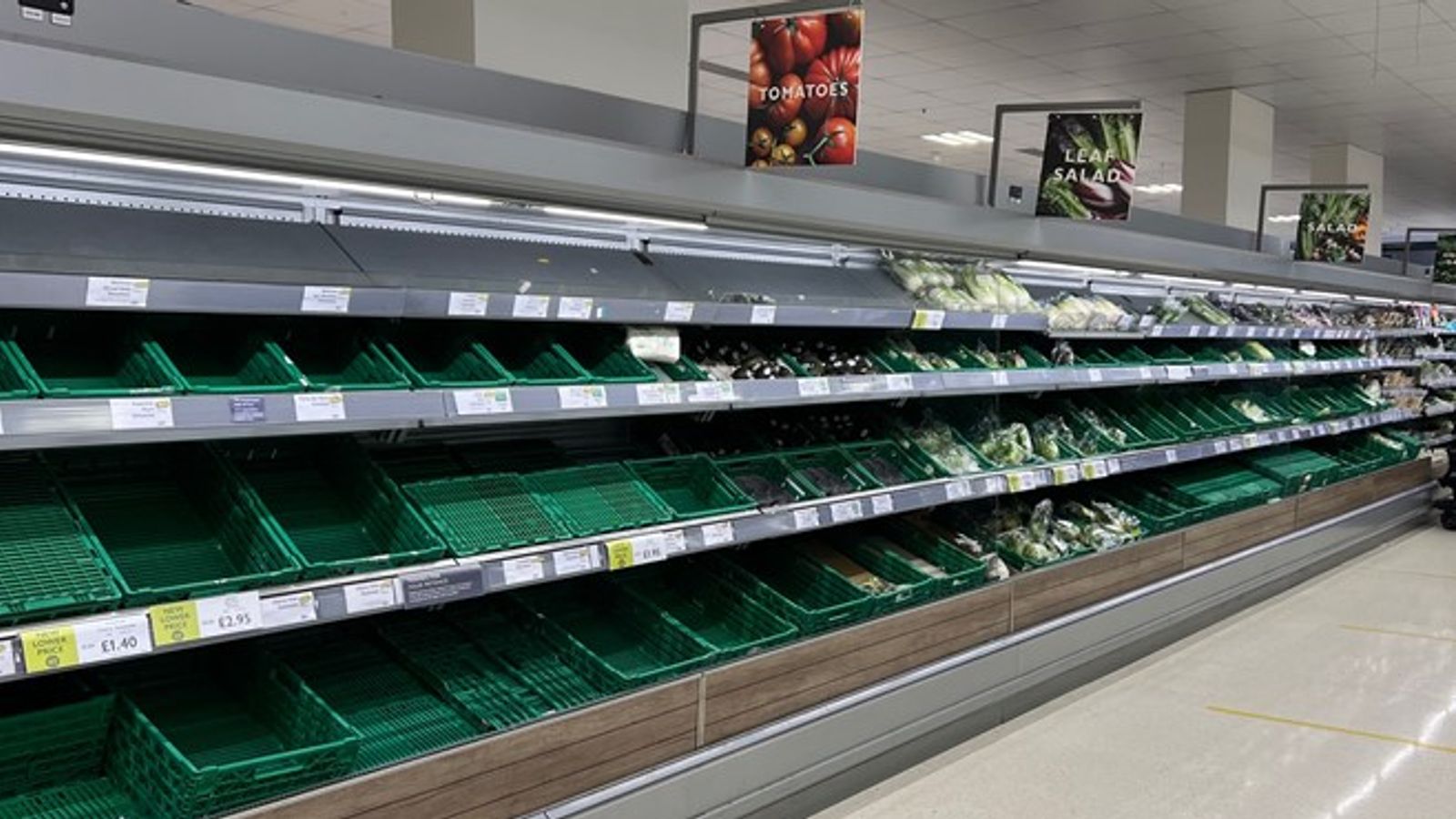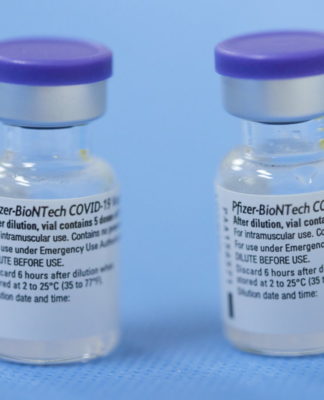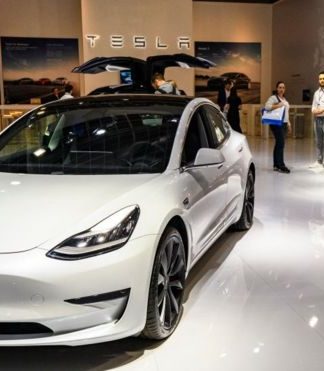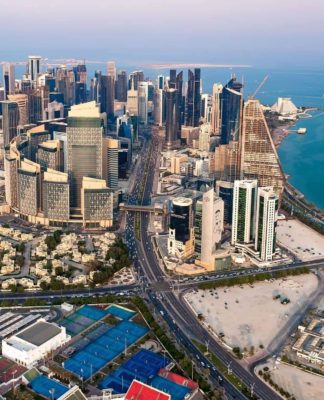Breaking
Cost of living: Inflation takes surprise leap to 10.4% with food and booze costs to blame
The ONS reports that rising salad and vegetable costs, linked to the shortages of last month, contributed to the upwards pressure on inflation alongside higher pub and restaurant alcohol prices.
James Sillars
Business reporter @SkyNewsBiz
Wednesday 22 March 2023 07:23, UK
Salad shelves at a Waitrose store on Wednesday evening
Image:
Salad shelves struggled to keep up with demand due to shortages in February and early March. File pic
Why you can trust Sky News
The rate of inflation has taken a surprise leap, driven by a rising cost of booze in pubs and food, partly a consequence of the recent salad shortage.
The Office for National Statistics (ONS) calculated the consumer prices index (CPI) measure of inflation at 10.4% over the 12 months to February.
That was up from an annual rate of 10.1% the previous month, dashing expectations of an easing that has been seen since the 41-year high of 11.1% was witnessed last October as the cost of living crisis gathered steam.
At that time unprecedented energy prices were being swallowed by businesses and households alike amid the war in Ukraine despite financial support from the government.
Since then, wholesale energy costs have gradually eased.
However, it takes time for those to filter down through the economy to goods and services.
Some supply chains are also complicated by related factors such as wider commodity cost shifts and shortages, such as the lack of tomatoes and other veg items that struck in February but has since eased.
ONS Chief Economist Grant Fitzner said: “Inflation ticked up in February mainly driven by rising alcohol prices in pubs and restaurants following discounting in January.
“Food and non-alcoholic drink prices rose to their highest rate in over 45 years with particular increases for some salad and vegetable items as high energy costs and bad weather across parts of Europe led to shortages and rationing.
Empty Shelves in an East London Supermarket2:06
Play Video – Why is there a tomato shortage?
Feb: Why tomato production was delayed
“These were partially offset by falls in the cost of motor fuel, where the annual inflation rate has eased for seven consecutive months.”
The inflation data will be closely watched by the Bank of England ahead of its next interest rate decision on Thursday, which had been thought to be finely balanced in advance of the inflation figures.
Interest rate hike ahead?
Financial markets believe policymakers will raise Bank rate again but slow the pace of increase down.
A Reuters poll of economists also expects a 0.25 percentage point hike to 4.25% following February’s rise of 0.5 percentage points.
Like the European Central Bank last week, the Bank’s monetary policy committee is expected to send a clear signal that it is focused fully on inflation and not worried by the effect its rate rises have had on bank balance sheets amid the recent turmoil for the sector.
But there was also a popular school of thought, ahead of Wednesday’s data, that it will take a pause for breath after consistently raising rates since December 2021.
Read more:
Price of some groceries has more than doubled in a year
Tesco to cut value of Clubcard reward scheme
That is because core CPI inflation figures, which strip out volatile elements, have undershot the Bank’s most recent forecasts.
Private sector wage growth has done the same.






























